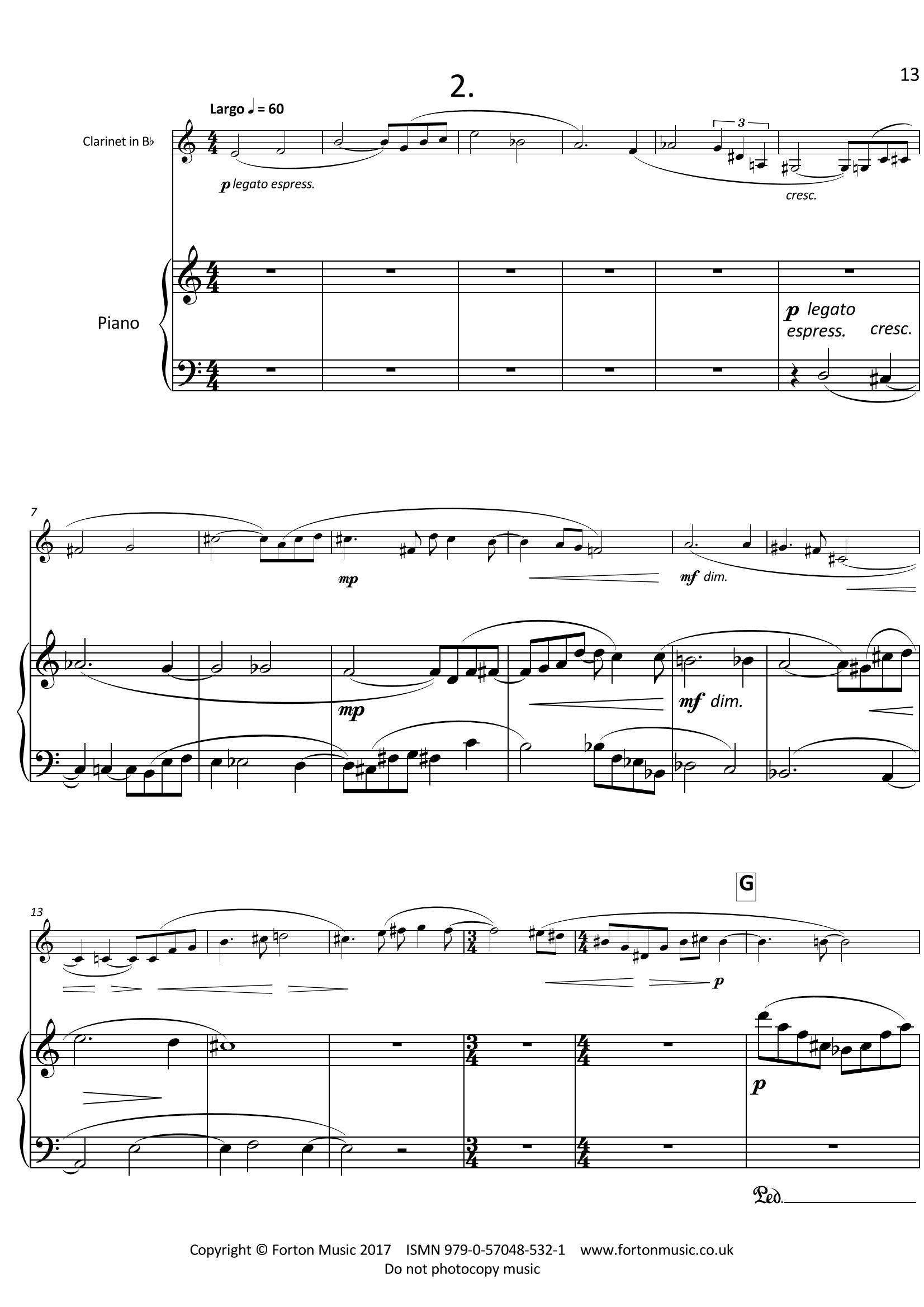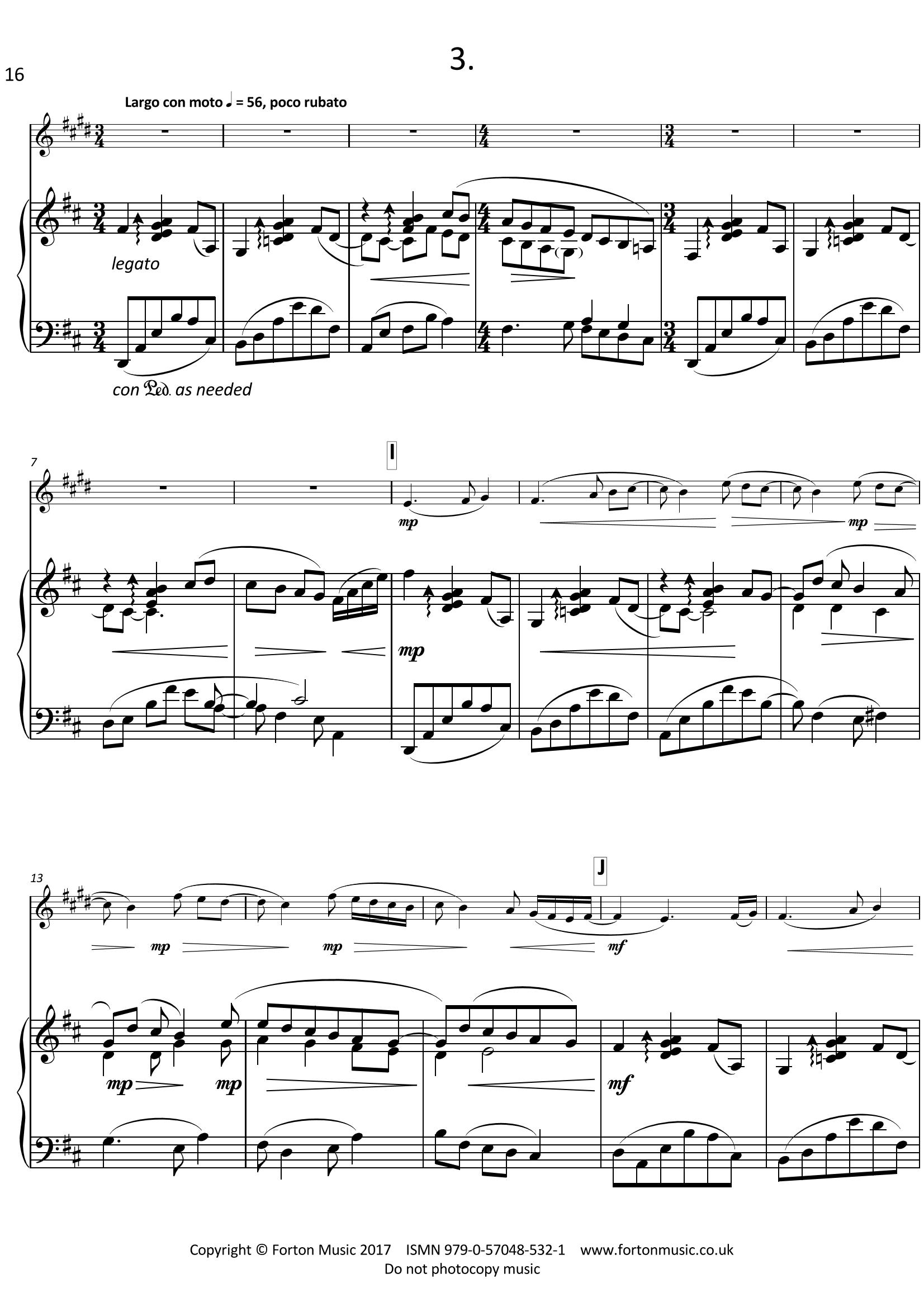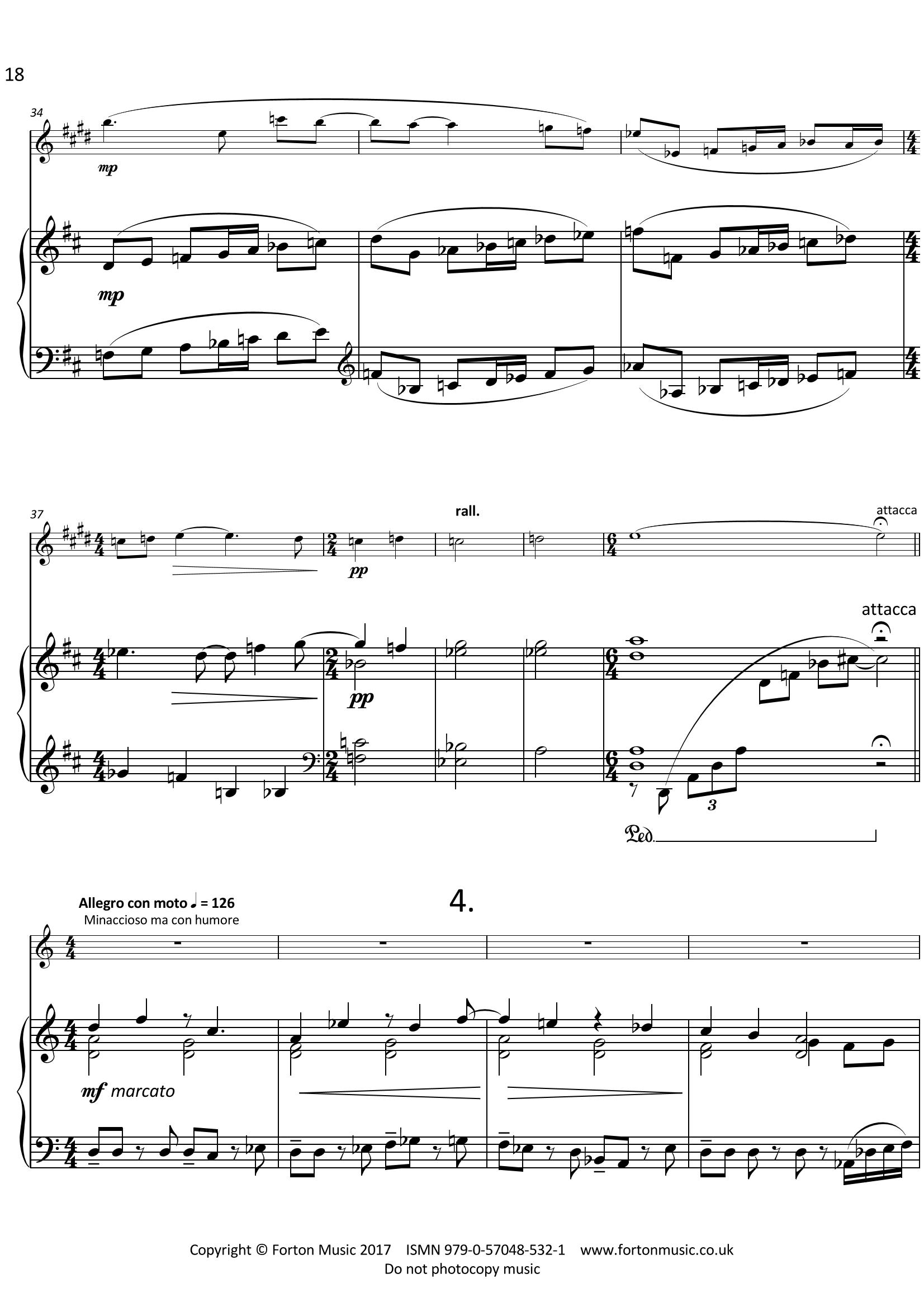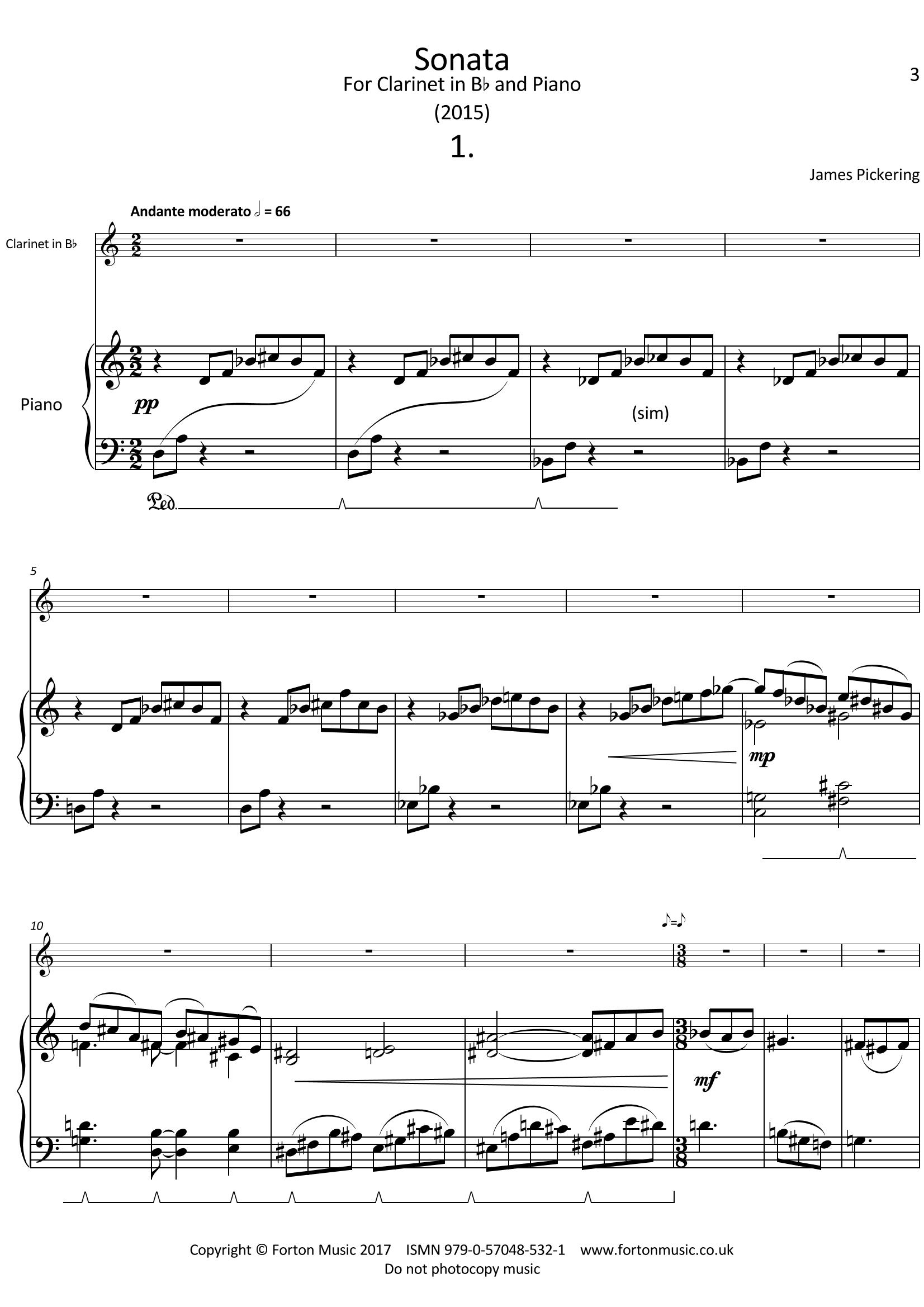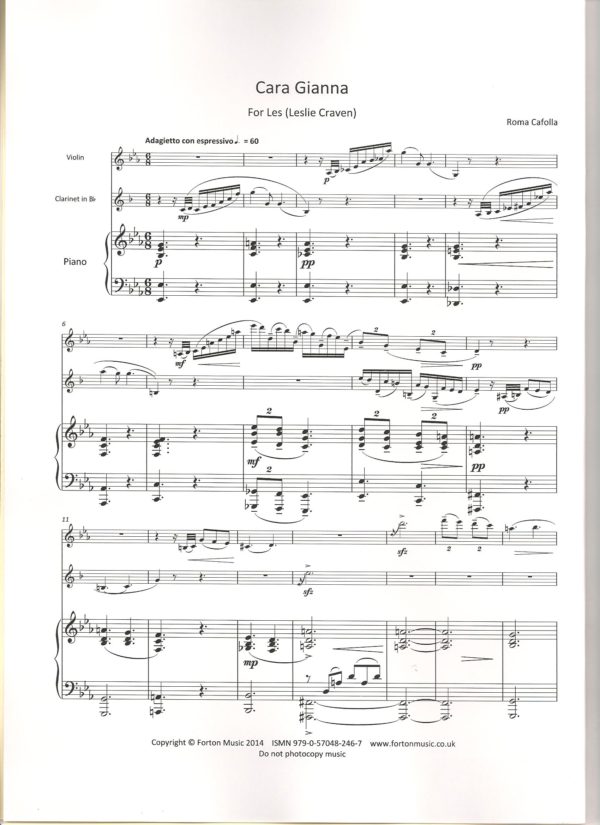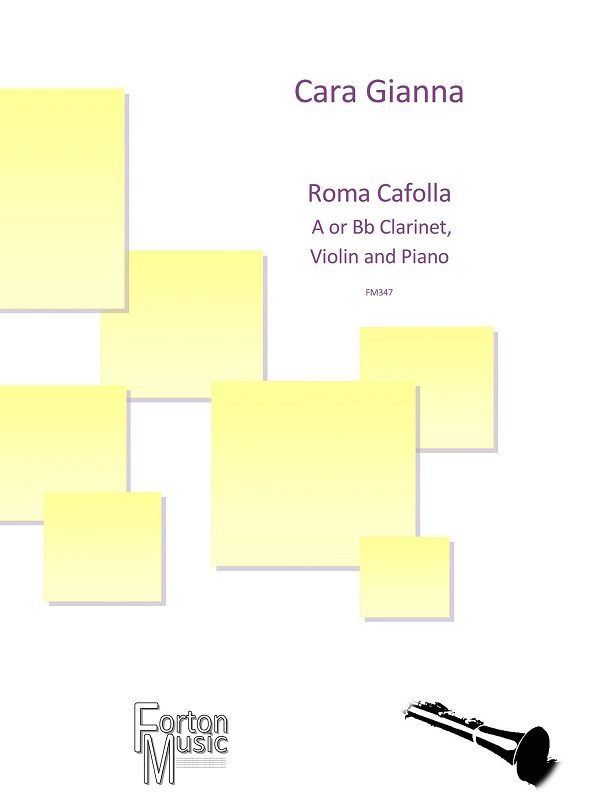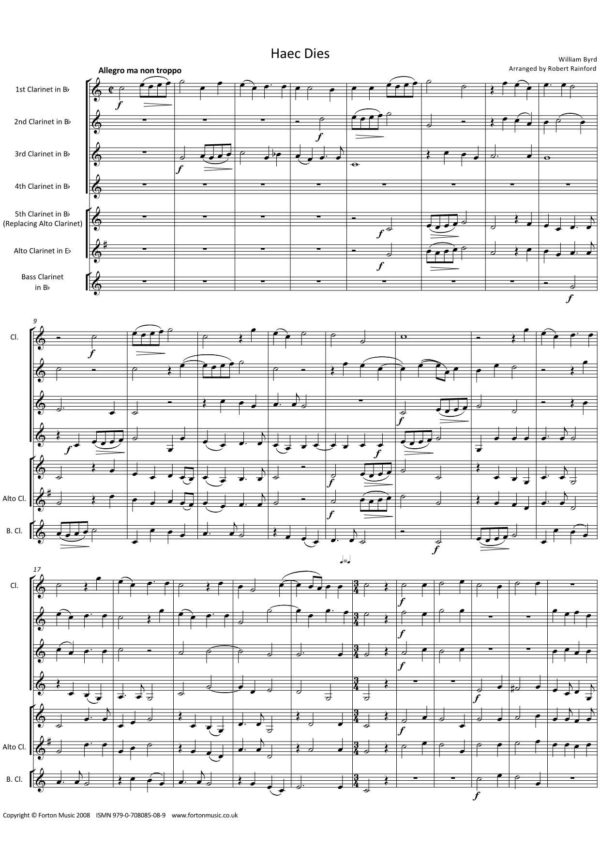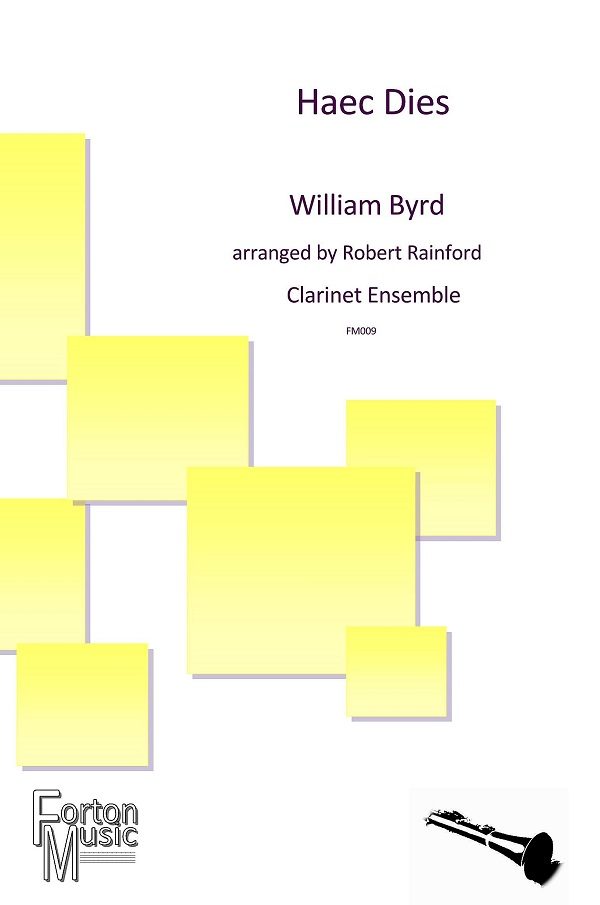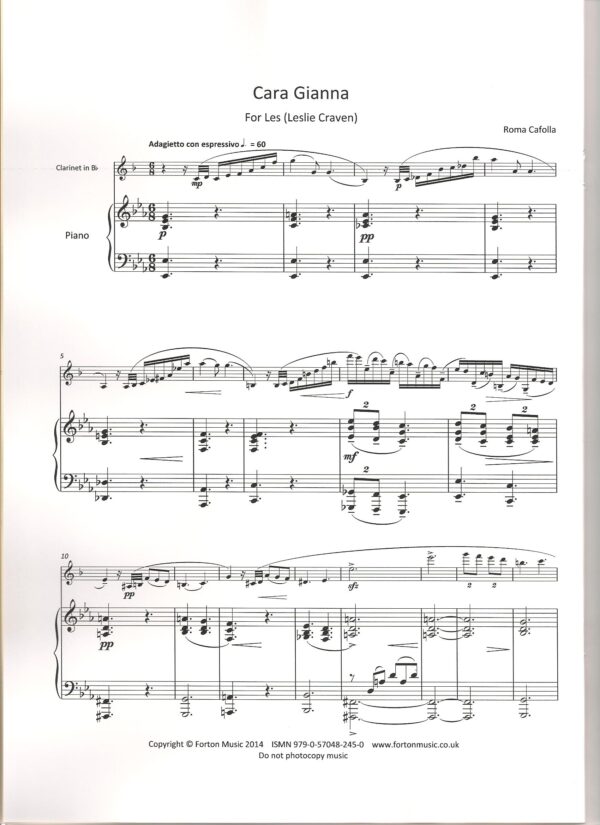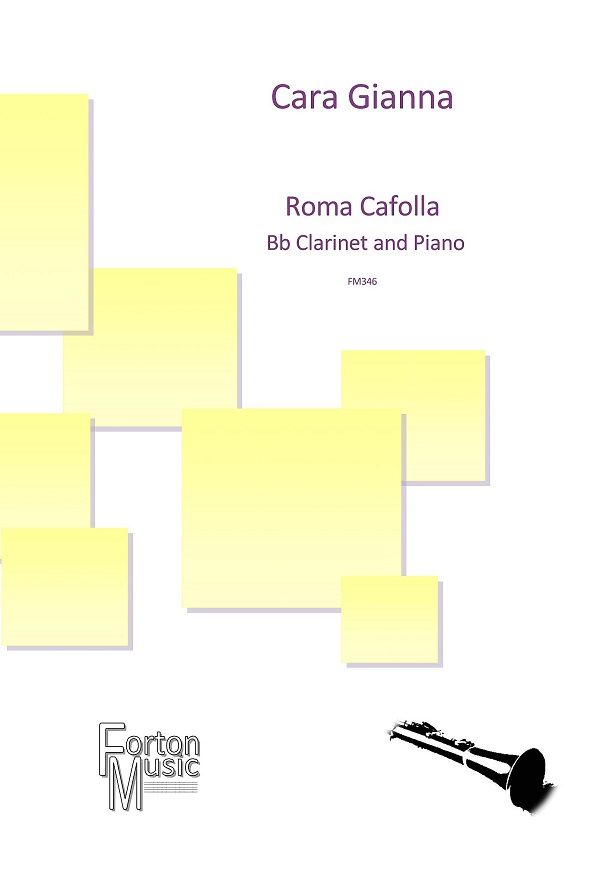Description
The Sonata for Clarinet in B flat and Piano comes from a relatively unsettled period. Much of the music is a reflection on the cyclic nature of negative thought, the recurring arpeggios at the opening give some indication of this. Breaking out of these patterns only seems to lead to further dissonance and uncertainty. It also explores the effect of lowering notes by a single semitone and how the smallest of intervals can have a significant impact on the harmony at any given moment.
The work is in four movements:
1. Andante moderato. This movement features two main musical statements pivoting around a central dance like idea.
2. Largo. A movement exploring a sense of isolation and disconnect between the Clarinet and Piano.
3. Largo con moto. A moment of calm, featuring some of the melodic contours from the previous movement but treated as if heard with a different frame of mind.
4. Allegro con moto. A slightly mischievous finale, featuring moments where the instruments imitate each other in an almost mocking fashion.


